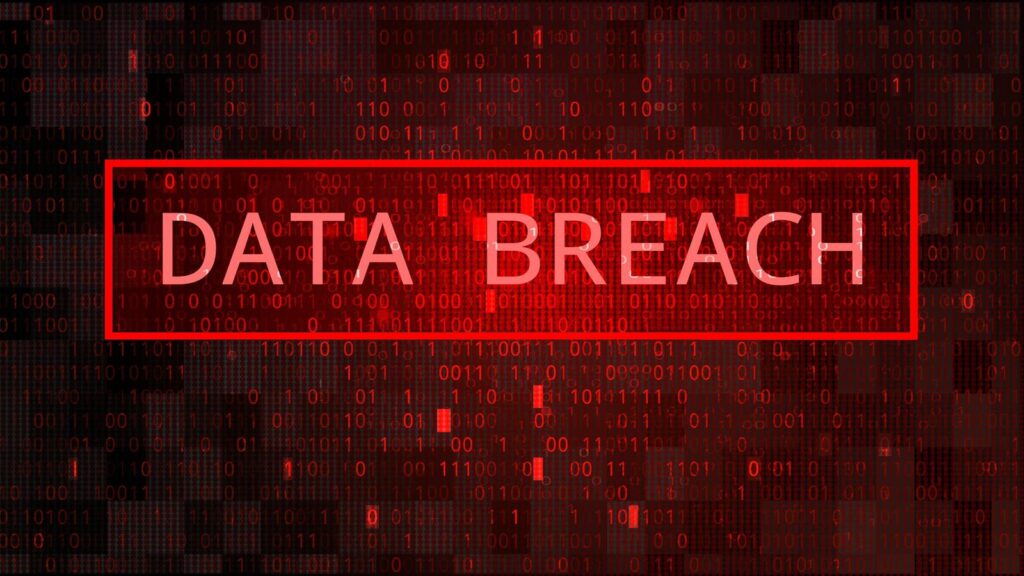
What to Do If Your Info Leaks in a Data Breach: A 6-Step Recovery Plan
Data breaches are like digital pickpockets, striking when you least expect it – leaving your identity, finances, and peace of mind exposed. With data breaches happening daily, no one is immune from the risk. This guide empowers you with a foolproof recovery plan to outsmart cybercriminals and safeguard what’s yours.
Before we dive in, here’s an essential tip: do not panic. Panic clouds your judgment and leads to rash decisions. Stay calm as a clear mind is your sharpest tool against cyberattacks.
Act swiftly without falling for common myths about data breaches. One myth is thinking, “If nothing has happened yet, I am safe,” when in reality, breached data can be misused months or even years later. Another myth is believing that only large-scale companies are vulnerable to attacks; individual users are also at risk.
To ensure you’re not caught off guard, consider the following 6 steps:
1. Secure Your Accounts
Immediately change your passwords using strong, unique passwords for each account. Consider utilizing password managers like 1Password or Bitwarden to generate and store them securely. Enable Multi-Factor Authentication (MFA) wherever possible. Place a credit freeze with major bureaus (Equifax, Experian, and TransUnion). Credit freezes are free and can be temporarily lifted when needed. Set up fraud alerts and regularly review your bank and credit card statements. Notify your bank or credit provider about the breach to ensure they’re aware of potential fraudulent activity.
2. Address Email and Phone Risks
Be cautious of emails requesting sensitive information, and avoid clicking on suspicious links. Be wary of SIM swap threats by contacting your mobile carrier to secure your account with a PIN or setting up a PIN manually.
3. Protect Your Identity
File a report with IdentityTheft.gov. Some people are considering paid identity theft protection services. Keep in mind that paid identity theft services offer comprehensive monitoring, alerts, restoration support, and insurance – but they can be costly, may overlap with free options, provide limited coverage, and create a false sense of security.
4. Review Your Online Presence
Limit the information you share online by avoiding personal details like your phone number or address. Regularly review and update the privacy settings on your social media, email, and other accounts to ensure your profiles are not publicly accessible. Be cautious about connecting with people you don’t know online.
5. Monitor Your Financials
Regularly check your bank and credit card statements for any suspicious activity. If you suspect fraud, contact your financial institution immediately.
6. Seek Legal and Financial Recourse
If you’ve been affected by a data breach, you may be eligible for compensation through class action lawsuits or settlements. To determine eligibility, check if the breached company has announced a settlement or if lawsuits have been filed. Websites like ClassAction.org can provide information on available compensation. If compensation is offered, follow the steps outlined by the company to file a claim. This may involve proving your data was exposed and submitting necessary documentation. Be aware of your legal rights under consumer protection laws, such as the California Consumer Privacy Act (CCPA), which safeguard your ability to seek compensation.
Remember, prevention is always better than cure. To better protect yourself, check out my other article on preventing personal cyberattacks.
Source: www.forbes.com


